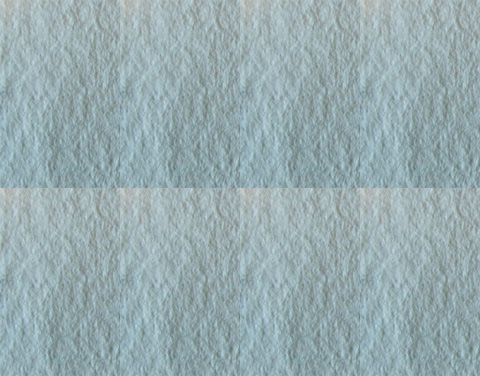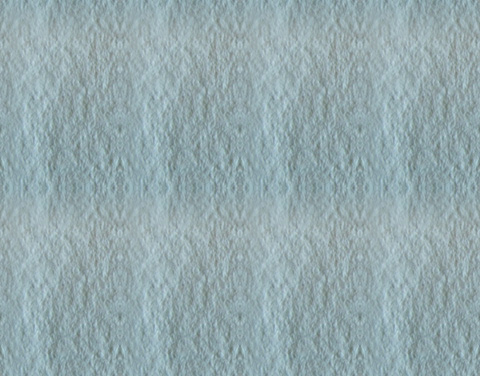-
[SWF(width=600, height=500, backgroundColor=0xFFFFFF, frameRate=30)]
-
-
function seamlessTile(img:BitmapData, featherSize:Number = 5):BitmapData{
-
var pnt:Point = new Point(0,0);
-
var tile:BitmapData = new BitmapData(img.width, img.height, true, 0xFF000000);
-
tile.copyPixels(img, img.rect, pnt, null, null, true);
-
-
var flipped:BitmapData = new BitmapData(img.width, img.height, true, 0xFF000000);
-
var m:Matrix = new Matrix();
-
m.scale(-1, 1);
-
m.translate(tile.width,0);
-
flipped.draw(tile, m);
-
-
var aChannel:BitmapData = new BitmapData(img.width, img.height, true, 0x00000000);
-
var grad:Sprite = new Sprite();
-
m.createGradientBox(img.width, img.height, 0, 0, 0);
-
-
grad.graphics.beginGradientFill(GradientType.LINEAR, [0xFFFFFF, 0xFFFFFF], [1, 0], [0, (255 / img.width) * img.width / featherSize], m, SpreadMethod.PAD);
-
-
grad.graphics.drawRect(0,0,img.width, img.height);
-
aChannel.draw(grad);
-
-
tile.copyPixels(flipped, flipped.rect, pnt, aChannel, pnt, true);
-
-
m.identity();
-
m.scale(1, -1);
-
m.translate(0,tile.height);
-
flipped.draw(tile, m)
-
-
aChannel.fillRect(aChannel.rect, 0x00000000);
-
m.createGradientBox(img.width, img.height, Math.PI / 2, 0, 0);
-
grad.graphics.clear();
-
grad.graphics.beginGradientFill(GradientType.LINEAR, [0xFFFFFF, 0xFFFFFF], [1, 0], [0, (255 / img.height) * img.height / featherSize], m, SpreadMethod.PAD);
-
-
grad.graphics.drawRect(0,0,img.width, img.height);
-
aChannel.draw(grad, grad.transform.matrix);
-
-
tile.copyPixels(flipped, flipped.rect, pnt, aChannel, pnt, true);
-
return tile;
-
}
-
-
// test out the function:
-
var canvas:BitmapData = new BitmapData(600, 470, true, 0xFF000000);
-
addChild(new Bitmap(canvas));
-
-
var image:Loader = new Loader();
-
image.load(new URLRequest("http://actionsnippet.com/imgs/paper.jpg"));
-
image.contentLoaderInfo.addEventListener(Event.COMPLETE, onLoaded);
-
var texture:BitmapData;
-
-
function onLoaded(evt:Event):void {
-
texture = Bitmap(image.content).bitmapData;
-
addEventListener(Event.ENTER_FRAME, onLoop);
-
image.removeEventListener(Event.COMPLETE, onLoaded);
-
}
-
-
function onLoop(evt:Event):void{
-
var tile:BitmapData = seamlessTile(texture, Math.max(1,mouseX/30));
-
var p:Point = new Point();
-
for (var i:int = 0; i<8; i++){
-
p.x = (i % 4) * tile.width;
-
p.y = int(i / 4) * tile.height;
-
canvas.copyPixels(tile, tile.rect, p);
-
}
-
}

